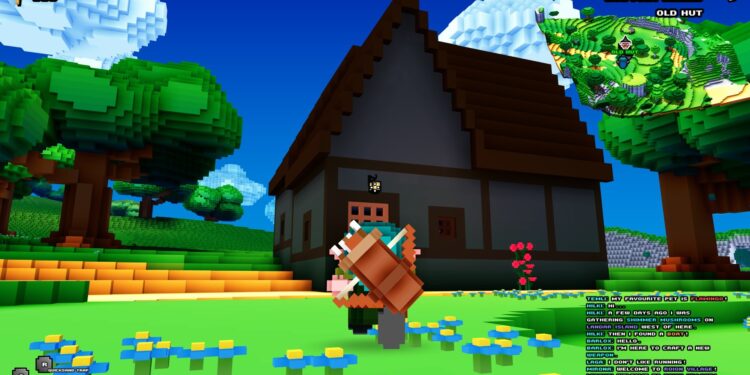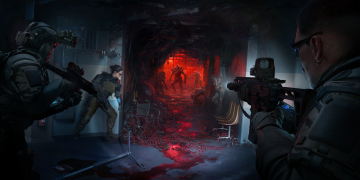Wolfram von Funck, creator of Cube World, is taking a different route with his next tech step. Instead of using Unreal Engine, he’s built a custom Vulkan engine from scratch. That’s not exactly the easy way out, but it gives him full control over how the game renders scenes, handles lighting, and manages every byte of memory. This matters because it shows a push for performance and precision most indie games never touch.
His post outlines key features he’s already got running. A data-driven rendering pipeline sits at the core, paired with preallocated memory arenas so there’s no runtime heap usage. Lighting gets a serious upgrade through cascaded shadow maps, while temporal anti-aliasing keeps edges smooth. It’s the kind of setup you usually see in big-budget tech showcases, not solo projects… and it’s all under his control.
Instead of using UE, I built my own Vulkan engine for full control over rendering and memory. Features:
– Data-driven rendering
– Preallocated arenas, no runtime heap
– Cascaded shadow maps
– Temporal AACurrently building a fully 3D voxel GUI. #cubeworld #vulkan pic.twitter.com/hLBdOOyv3q
— Wolfram von Funck (@wol_lay) August 10, 2025
On top of that, he’s building a fully 3D voxel GUI. That might sound small, but it’s a pretty unique move. Most games settle for 2D menus layered over 3D scenes. Here, every part of the interface will live in the voxel world itself. Think buttons, sliders, and menus made out of the same kind of blocks as the terrain. Wild.
No release date for this new engine is set, and von Funck hasn’t said how it’ll fit into future updates for Cube World. Maybe he’s gearing up for a major revamp, maybe it’s a long-term experiment. Either way, it’s a deep dive into custom tech, and that’s something you don’t see every day.
What do you think? Is this kind of low-level control worth the effort for a game like Cube World? Let us know in the comments.




















